Bucharest: Unveiling History and Culture
Embark on a captivating journey through Bucharest's rich history and vibrant culture in this engaging free walking tour.
Time
3 Hours
Stops
9 Places
Distance
3.2 km
Revolution Square (Piața Revoluției)
Start your tour at Revolution Square, a significant historical site where Romania's 1989 anti-communist revolution unfolded, marking the end of an era.
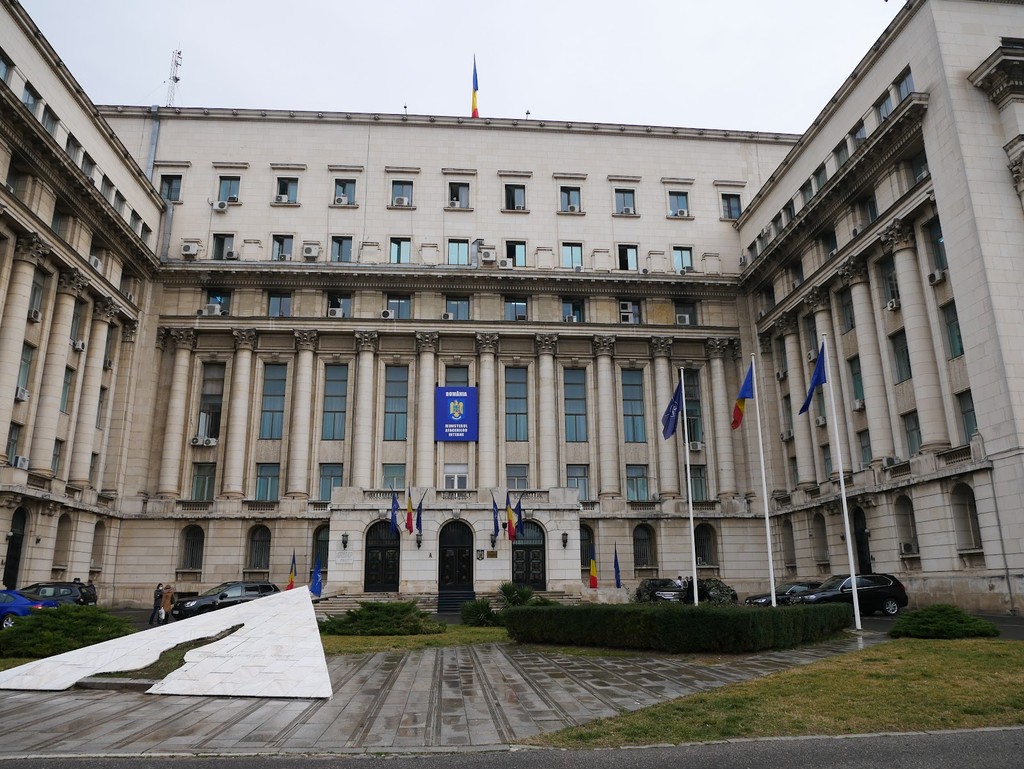
Revolution Square (Piața Revoluției) (Source: Google Maps)
Revolution Square is a pivotal site in Romanian history, marking the location of the 1989 anti-communist revolution that led to the fall of the Ceaușescu regime. The square features several important buildings, including the former Central Committee of the Communist Party, where significant protests took place. The square also showcases the Memorial of Rebirth, a striking monument commemorating the victims of the revolution. Its architectural style reflects the tumultuous history of the country, with a blend of modernist and socialist influences. Today, it serves as a gathering place for public events and a reminder of Romania's journey towards democracy.
Romanian Athenaeum (Ateneul Român)
Just a short walk from Revolution Square, the Romanian Athenaeum is a stunning concert hall and a symbol of Romanian culture and architecture.
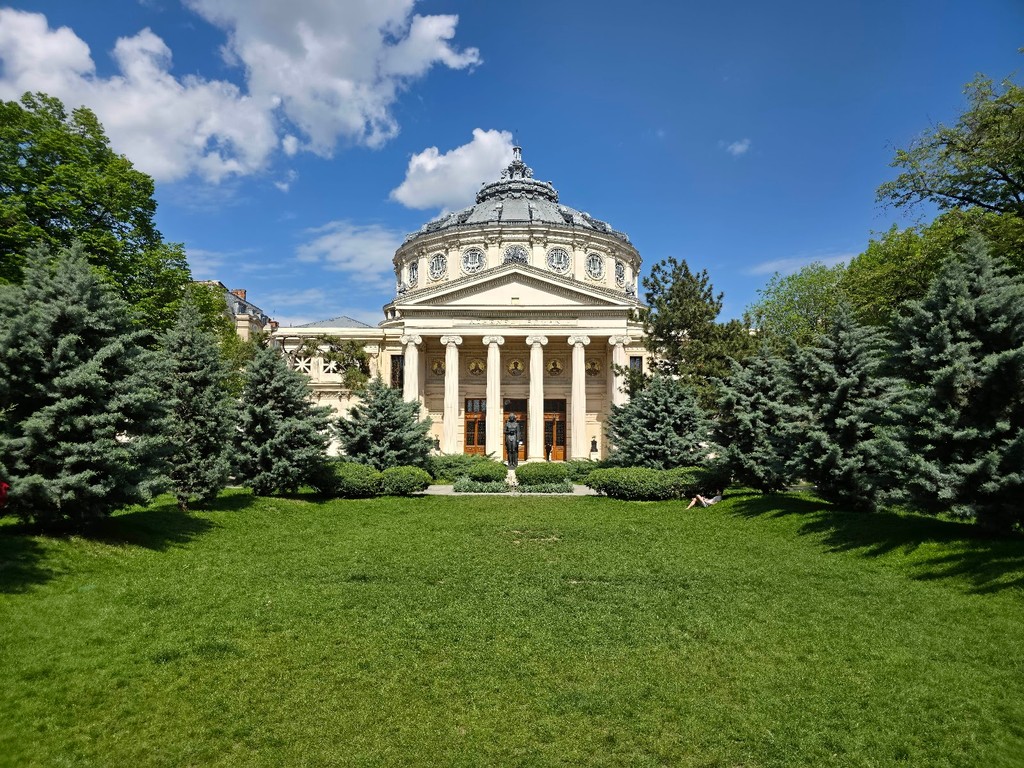
Romanian Athenaeum (Ateneul Român) (Source: Google Maps)
The Romanian Athenaeum, an architectural masterpiece, is a concert hall and cultural landmark in Bucharest. Built between 1886 and 1888, it features a stunning neoclassical façade adorned with Corinthian columns and a magnificent dome. The interior boasts exquisite frescoes depicting scenes from Romanian history and a grand auditorium known for its superb acoustics. The Athenaeum is the home of the George Enescu Philharmonic, hosting numerous concerts and cultural events that celebrate Romania's rich musical heritage. Its significance extends beyond music; it symbolizes national pride and the resilience of Romanian culture through turbulent times.
Calea Victoriei
Stroll along Calea Victoriei, one of Bucharest’s oldest and most famous streets, lined with beautiful buildings and rich in history.
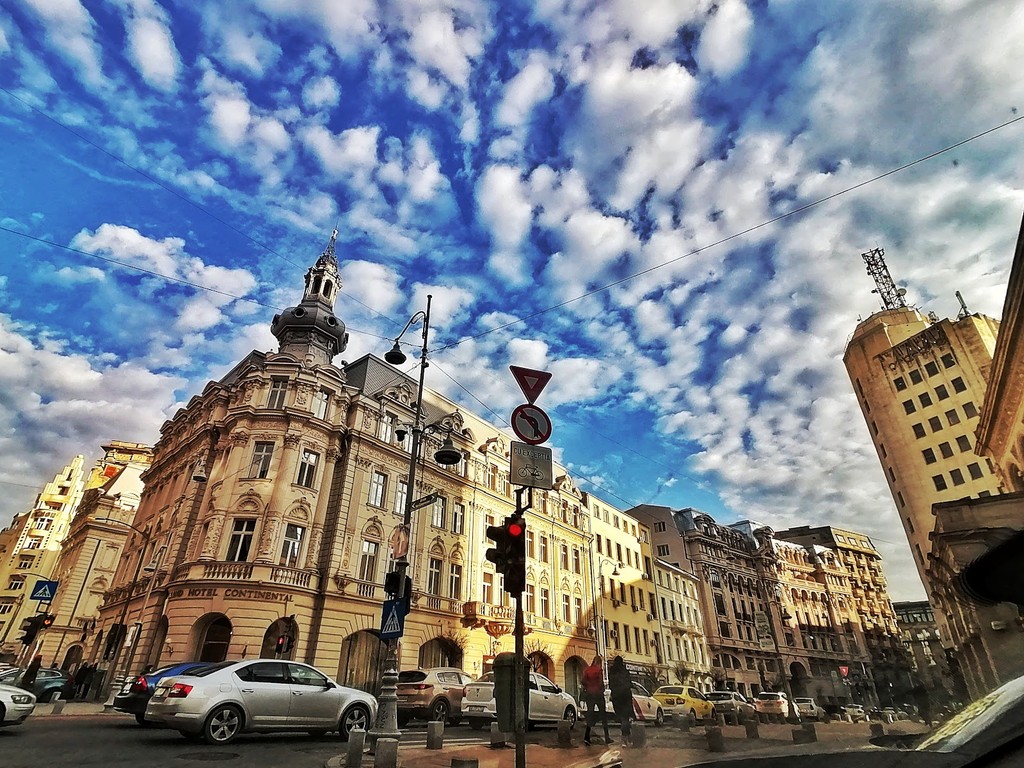
Calea Victoriei (Source: Google Maps)
Calea Victoriei is one of Bucharest's oldest and most famous streets, rich in history and lined with remarkable architecture. Originally a path leading to the royal court, it became a symbol of the city’s growth and modernization in the late 19th century. The street features a variety of architectural styles, from neoclassical to art nouveau, showcasing the eclecticism of Bucharest's urban development. Along Calea Victoriei, visitors can find notable landmarks such as the Romanian National History Museum and the former Royal Palace, which reflects the opulence of Romania's past. Today, it remains a vibrant thoroughfare filled with shops, cafes, and cultural institutions.
National Museum of Art of Romania
Located in the former Royal Palace, this museum offers an impressive collection of Romanian and European art, highlighting the country's cultural heritage.
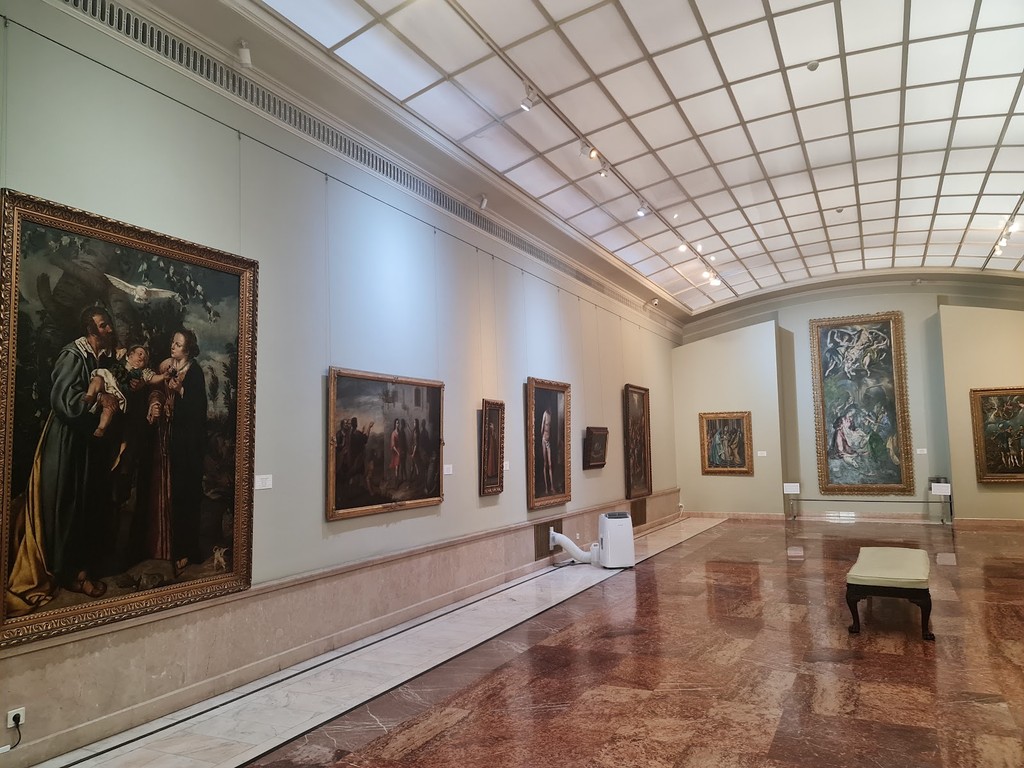
National Museum of Art of Romania (Source: Google Maps)
Housed in the former Royal Palace, the National Museum of Art of Romania is the premier institution for Romanian and European art. Established in 1948, it showcases an extensive collection of paintings, sculptures, and decorative arts, spanning from the Middle Ages to contemporary works. The museum features masterpieces by renowned Romanian artists such as Nicolae Grigorescu and Theodor Aman, as well as European artists like Rembrandt and Van Dyck. The building itself is a stunning example of neoclassical architecture, with beautifully restored interiors that enhance the art-viewing experience. It plays a crucial role in preserving and promoting Romania's cultural heritage.
Kretzulescu Church
A short distance from the National Museum of Art, this 18th-century Eastern Orthodox church is an architectural gem with beautiful frescoes.
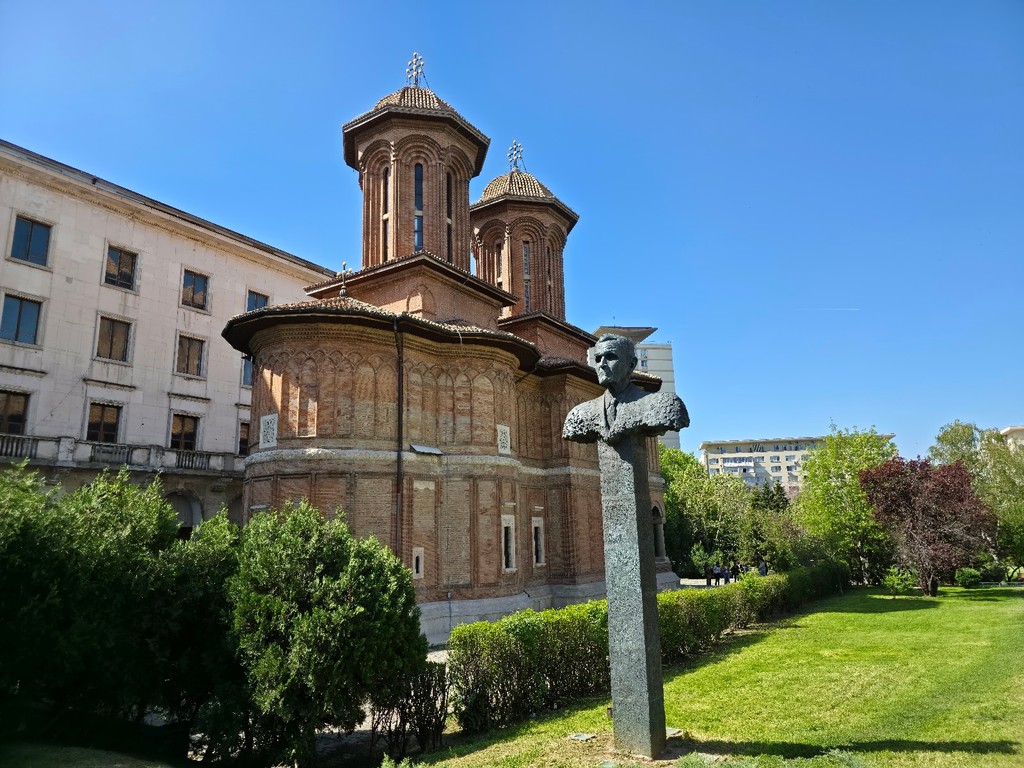
Kretzulescu Church (Source: Google Maps)
Kretzulescu Church is an exquisite example of 18th-century Eastern Orthodox architecture, located near the National Museum of Art. Built between 1720 and 1722, the church features a distinctive Brâncovenesc style characterized by its ornate facades and intricate frescoes. The interior is adorned with beautiful iconography and religious paintings, offering a serene atmosphere for worship and reflection. The church has survived numerous historical events, including the 1848 revolution and the two World Wars, making it a symbol of resilience. It remains an active place of worship and a significant cultural landmark, attracting visitors interested in Romania's religious history and architectural beauty.
University Square (Piața Universității)
A hub of student life and a place of historical significance, University Square is known for its vibrant atmosphere and cultural events.
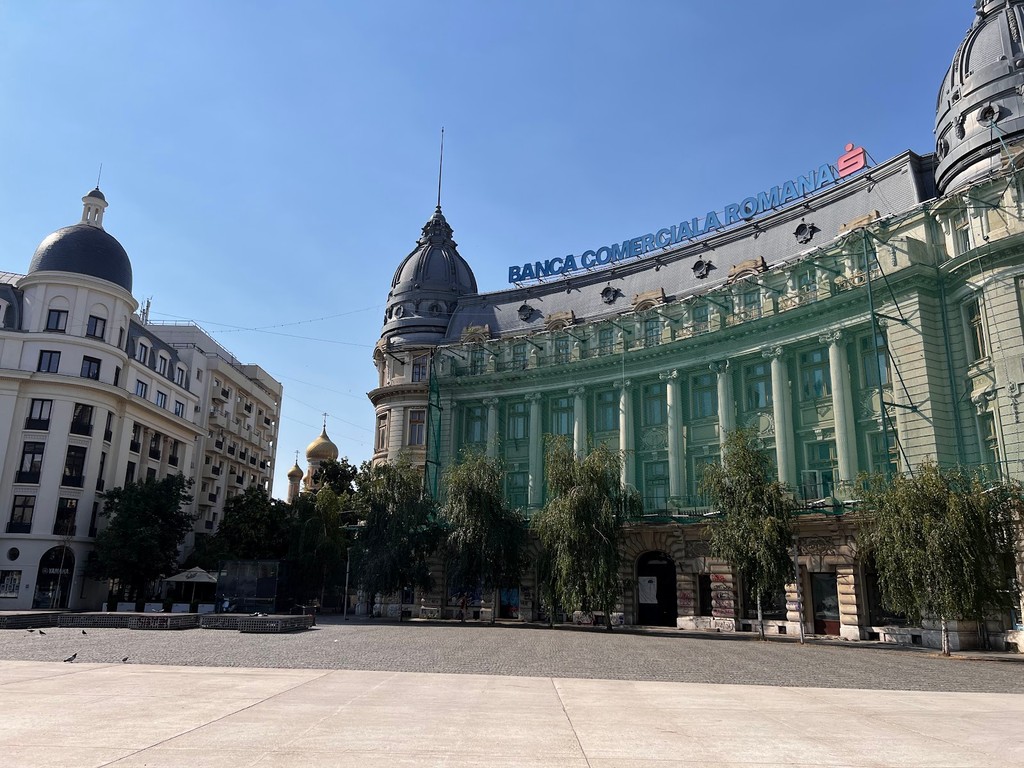
University Square (Piața Universității) (Source: Google Maps)
University Square is a vibrant hub of student life and historical significance in Bucharest. Surrounded by prominent educational institutions, including the University of Bucharest, it serves as a gathering place for students and locals alike. The square is steeped in history, having been the site of numerous protests and demonstrations, particularly during the 1989 revolution. Its central location makes it a focal point for cultural events, festivals, and public gatherings. The square is also home to several monuments, including the statue of Mihai Eminescu, Romania's national poet, celebrating the country's literary heritage. Its lively atmosphere reflects the dynamic spirit of Bucharest.
Lipscani District
Explore the heart of Bucharest's Old Town, Lipscani District, known for its charming cobblestone streets and vibrant nightlife.
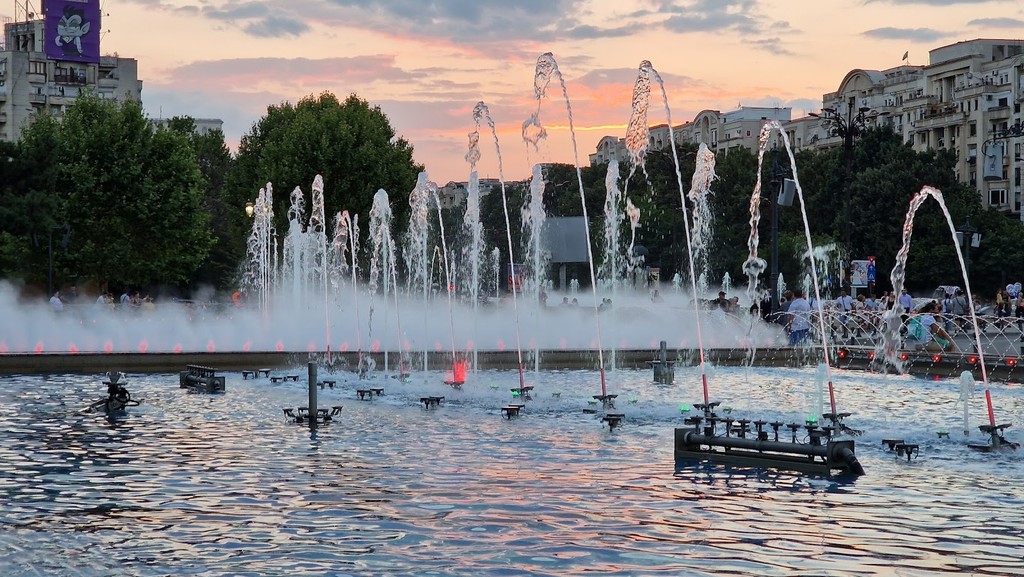
Lipscani District (Source: Google Maps)
The Lipscani District is the historical heart of Bucharest, known for its charming cobblestone streets and vibrant nightlife. Once a bustling commercial center, it is now a popular destination for both locals and tourists, offering a mix of shops, restaurants, and bars. The district features a variety of architectural styles, from medieval to neoclassical, reflecting its rich history. Key attractions include the ruins of the Old Princely Court and several historic inns that date back to the 18th century. Lipscani is also famous for its cultural events and festivals, making it a lively area where visitors can experience the city's vibrant social scene and rich heritage.
Stavropoleos Monastery
This small Eastern Orthodox monastery, known for its intricate architecture and peaceful courtyard, is a hidden gem in the bustling Old Town.
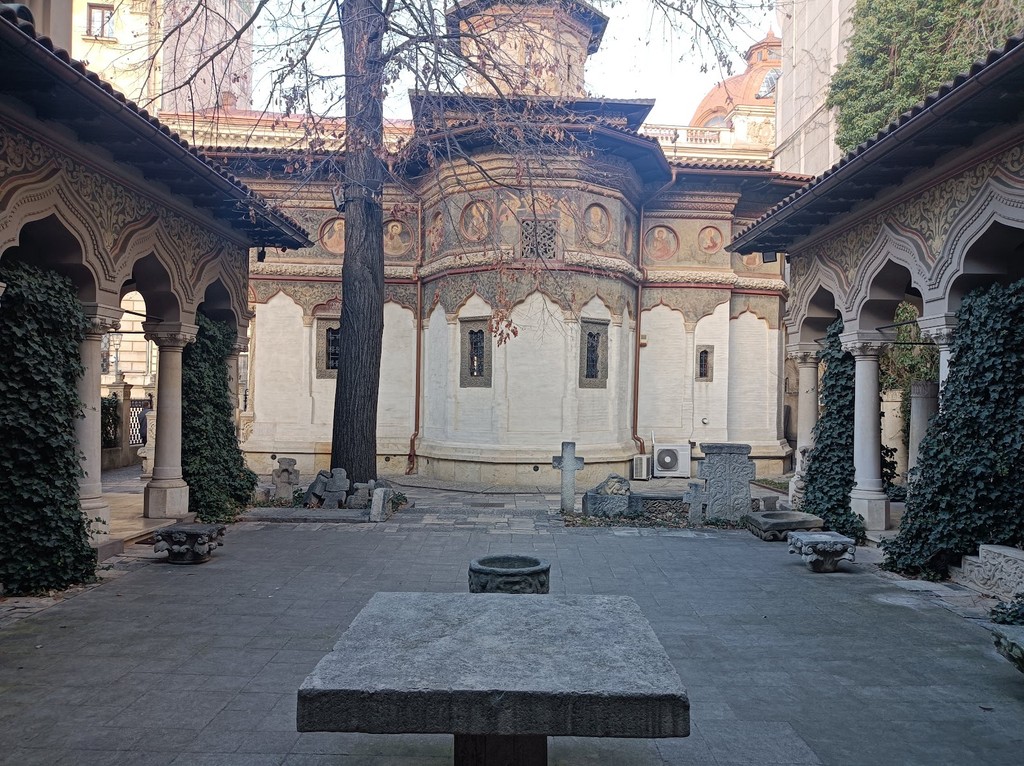
Stavropoleos Monastery (Source: Google Maps)
Stavropoleos Monastery is a hidden gem located in the bustling Old Town of Bucharest. Founded in 1724 by Greek monks, the monastery is renowned for its exquisite architecture and serene courtyard. The structure features intricate carvings, beautiful frescoes, and a stunning wooden iconostasis, showcasing a blend of Byzantine and Romanian styles. The peaceful atmosphere of the courtyard offers a tranquil escape from the city's hustle and bustle. The monastery has played a significant role in preserving Orthodox traditions and continues to be an active place of worship. Its historical and architectural significance makes it a must-visit site for those interested in Bucharest's cultural heritage.
Manuc's Inn (Hanul lui Manuc)
End your tour at Manuc's Inn, a historic caravanserai that now hosts restaurants and cafes, offering a glimpse into the city's past trade routes.
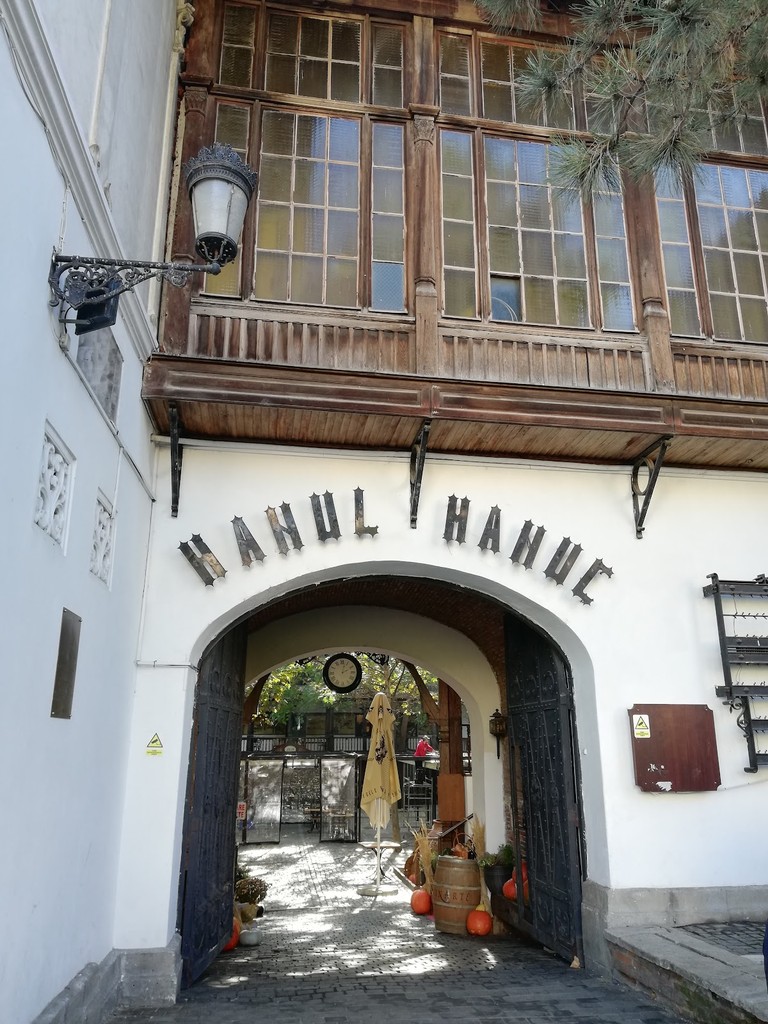
Manuc's Inn (Hanul lui Manuc) (Source: Google Maps)
Manuc's Inn is a historic caravanserai that dates back to 1808, serving as a vital hub for trade and hospitality in Bucharest. The inn features a unique blend of architectural styles, combining elements of Ottoman, neoclassical, and traditional Romanian design. Once a stopping point for merchants and travelers, it is now home to restaurants and cafes that offer a glimpse into the city's past. The courtyard is a picturesque setting, often hosting cultural events and exhibitions. Manuc's Inn is significant not only for its architectural beauty but also for its role in the social and economic life of Bucharest, reflecting the city’s rich history as a crossroads of cultures.

Your travels, your rules.
Create your own Free Walking Tours.
Set your preferences, distances and anything you want to do or see.
Completely free, no payment required.